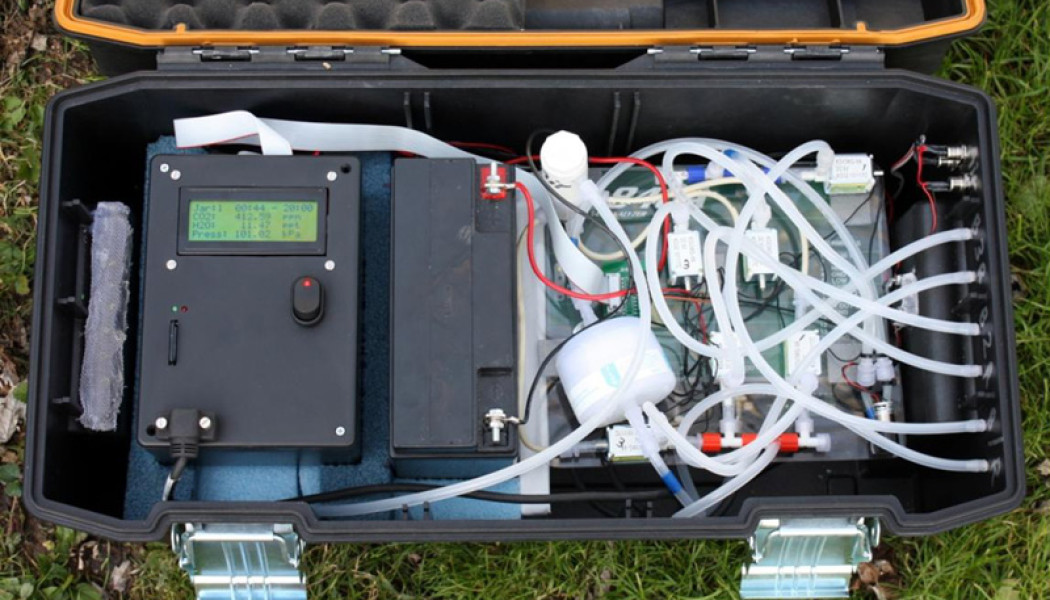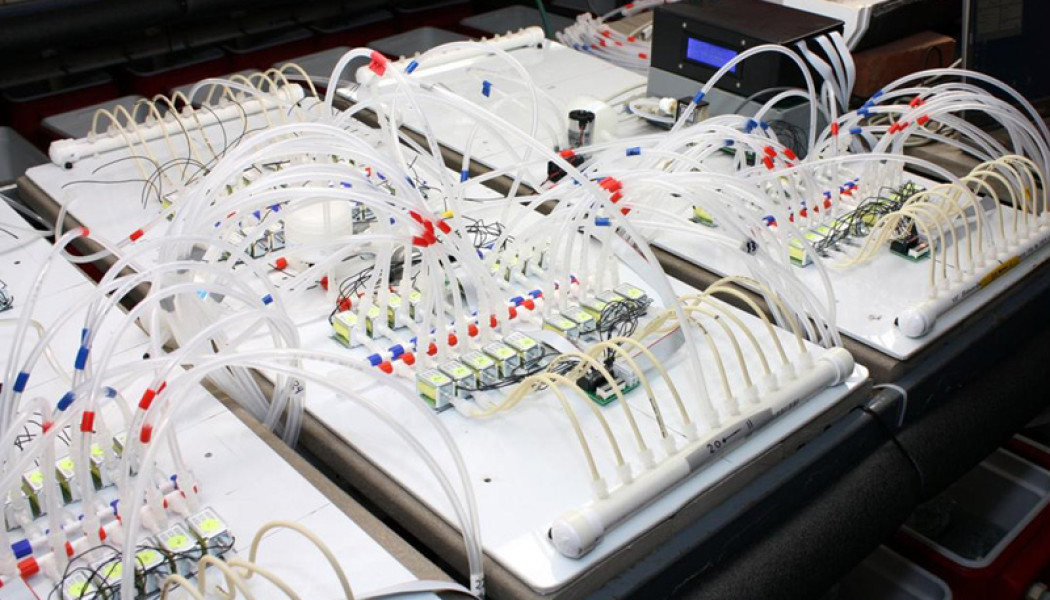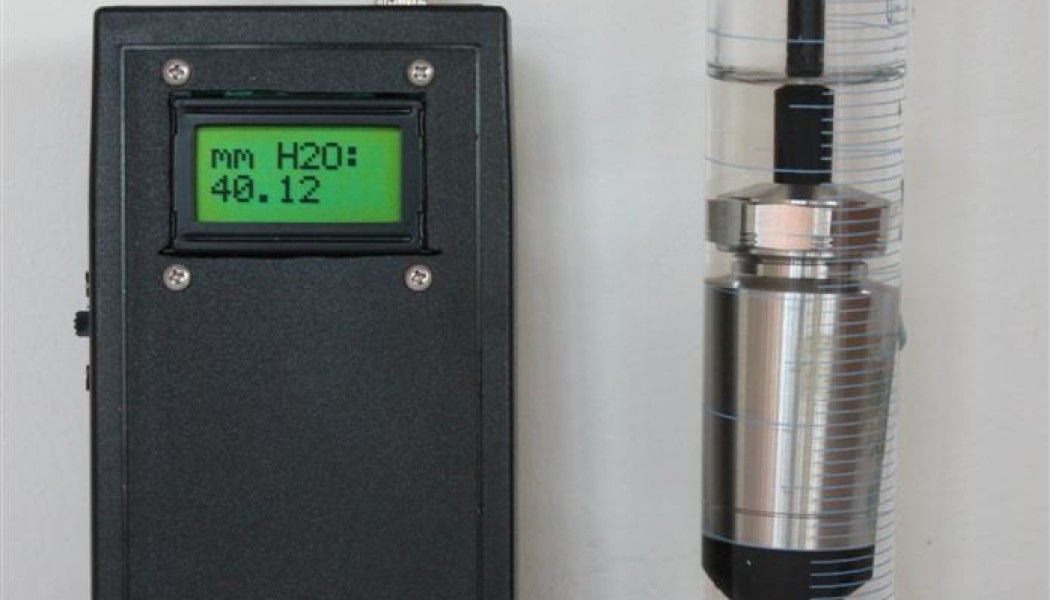 Welcome to EnviroDIY, a community for do-it-yourself environmental science and monitoring. EnviroDIY is part of WikiWatershed, an initiative of Stroud Water Research Center designed to help people advance knowledge and stewardship of fresh water.
Welcome to EnviroDIY, a community for do-it-yourself environmental science and monitoring. EnviroDIY is part of WikiWatershed, an initiative of Stroud Water Research Center designed to help people advance knowledge and stewardship of fresh water. New to EnviroDIY? Start here
Author: Shannon Hicks
Teaching With Open-Source Electronics
These instructions were written to help teachers and students get the necessary software installed on their computers in preparation for our Introduction to Environmental Sensing workshop. If you want to try this at home, you’ll need to follow one of the Adafruit tutorials listed below. Download and install the Arduino IDE software. (For detailed instructions on software installation, visi...[Read More]
Portable soil respirometer system
After having great success with the laboratory multi-chamber soil respirometer system, we built a portable version that could be deployed in the field for in-situ measurements. It still uses the same Licor LI-840 gas analyzer system and a smaller Arduino controller, based on the Sparkfun ArduinoPro board since it has better power efficiencies than the Uno, which is important for battery-powered o...[Read More]
Multi-chamber soil respirometer
Commercial systems that measure carbon dioxide for soil respiration experiments can be very expensive, but we built one for a fraction of the cost. The controller is based on an Arduino Uno, with a datalogger shield for storing the collected data, and a Macetech Centipede Shield. The measurement system is a Licor LI-840 CO2 analyzer which outputs its data every second using XML strings via an ...[Read More]
Water depth sensor display
We have several dozen pressure transducers deployed in wells or in streams to measure water level, and sometimes it’s helpful to read the water level directly from the sensor. This model of sensor has an analog output, meaning that the circuitry supplies 5 volts DC to one wire, and the voltage on the return signal wire is proportional to the depth of the water. So by measuring the analog r...[Read More]
Getting sensor wires into the enclosure
One of the biggest challenges when building your own environmental monitoring instrumentation is how to get the sensor cable into the waterproof box with the logger. There are several different methods, but I prefer plastic or nylon cable glands. You can get them from a variety of vendors and for many different diameters of cables. They also make ones that allow you to run anywhere from 2 to 6 ...[Read More]
Datalogger enclosures
One of the most important things to consider when deploying devices outdoors is what type of enclosure you’re going to use. Many designers say they focus on finding the ideal enclosure first, then they design their circuit board to fit that particular enclosure. For our projects, we have been using Pelican brand waterproof cases. A handy size is their model 1050. I like them for a cou...[Read More]






